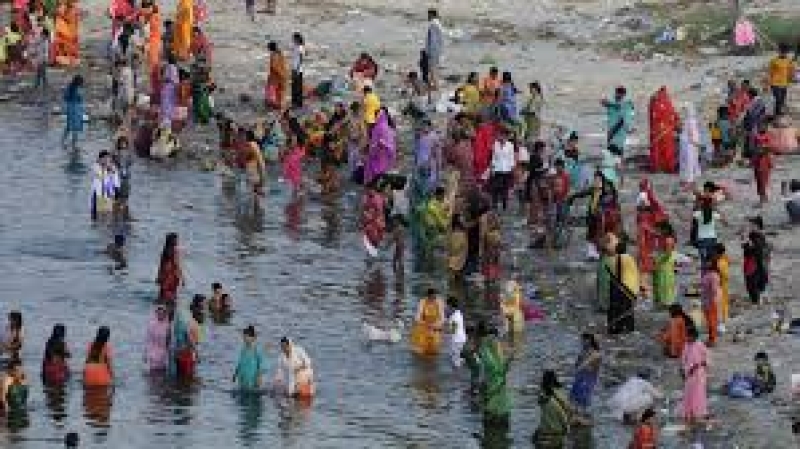- UNRWA Situation Report on Crisis in Gaza & Occupied West Bank |
- Intimidation or bloodshed cannot halt Bangladesh’s march to democracy |
- Khaleda Zia integral to an important chapter in BD history: Yunus |
- Enthusiasm marks Victory Day celebrations across Bangladesh |
- Dhaka-Delhi ties deep; to be shaped by trust, dignity, mutual respect |
46 Drown, 37 of Them Children During Hindu Festival in India

At least 46 people, including 37 children, have drowned during the celebration of a Hindu festival in eastern India, according to a local government official who spoke to AFP on Thursday.
The drownings occurred in separate incidents across Bihar state as devotees engaged in ritual bathing in rivers and ponds swollen from recent flooding. An official from the Bihar Disaster Management Department noted that many ignored rising water levels, leading to the tragedies.
"People overlooked the danger posed by the high water levels while bathing in celebration of the Jitiya Parv festival, which is observed by mothers praying for their children's wellbeing," the official, who requested anonymity, stated.
The incidents unfolded from Tuesday across 15 districts in Bihar. Authorities are currently working to recover three additional bodies. In response, the state government has announced compensation for the families of the victims.
Tragic accidents during major religious festivals are not uncommon in India, where millions flock to holy sites. Earlier this year, at least 116 people lost their lives in July during an overcrowded Hindu gathering in Uttar Pradesh, marking one of the worst tragedies of its kind in over a decade.
India faces heavy monsoon rains and flash floods annually, essential for agriculture but also responsible for widespread destruction. In July, over 200 people died in Kerala due to landslides triggered by intense downpours, which buried tea plantations under tons of earth.
Experts warn that climate change is intensifying extreme weather events globally, while factors such as damming, deforestation, and rapid development in India exacerbate the impact on communities. A 2021 study by the Potsdam Institute for Climate Impact Research indicated that the monsoon is becoming stronger and more unpredictable, further threatening lives and livelihoods.

